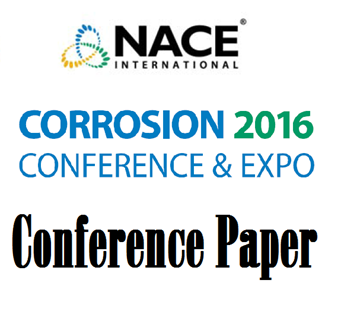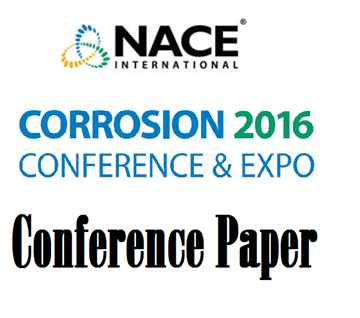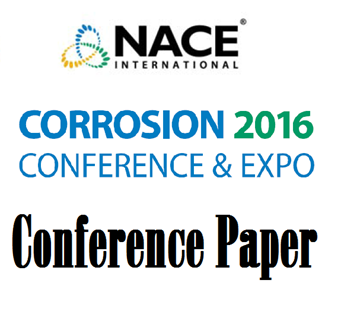Search
51316-7266-Monitoring of Corrosion Rate and Evaluation of Deposited Sea Salt Distributed inside Steel Pipe for Transmission Tower Located at Coastal Environment
Also Purchased
51316-7267-Impact of Microstructure on Hydrogen Solubility and Diffusivity in UNS 07718
Product Number:
51316-7267-SG
ISBN:
7267 2016 CP
Publication Date:
2016
$20.00
51316-7273-Corrosion Control of a Hydrocracking Unit Debutanizer Overhead System
Product Number:
51316-7273-SG
ISBN:
7273 2016 CP
Publication Date:
2016
$20.00
51316-7265-Corrosion Behavior of Cr and Cu Containing Low Alloys Steels in Solution
Product Number:
51316-7265-SG
ISBN:
7265 2016 CP
Publication Date:
2016
$20.00




